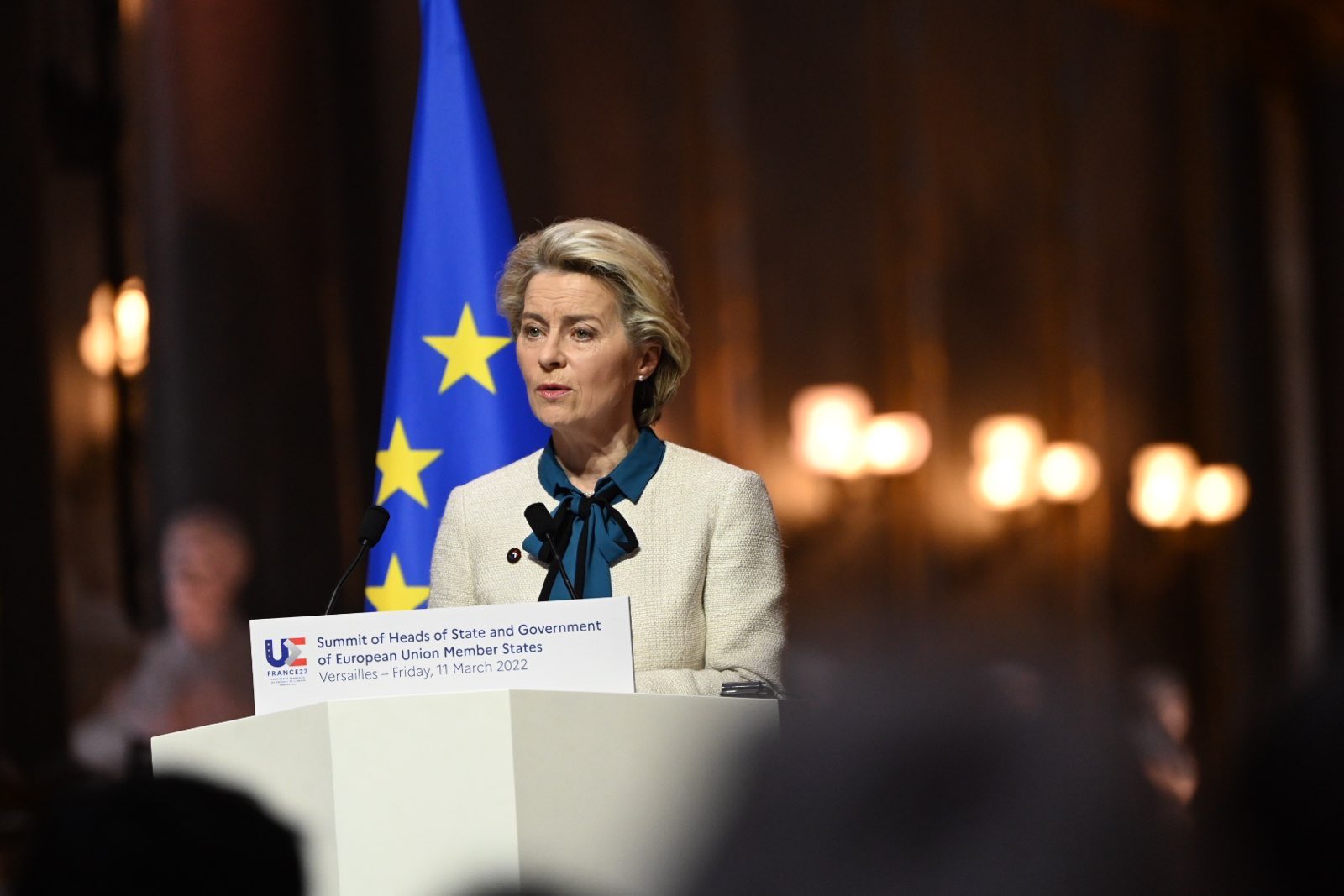What will change in Europe regarding energy?

In Europe, energy flows will reverse: they will go from west to east, and from south to north. Here because
To drastically reduce dependence on Russia in a short time, the European Union could invest in two energy infrastructures: a gas pipeline between Barcelona and Livorno , to bring the liquefied gas landed in Spain to Italy, and an interconnector to get to Greece the electricity generated in Egypt. Beyond the technical details, the two projects – the first from 2.5-3 billion euros, the second from 3.5 – seem to signal a reversal of the energy routes on the Old Continent. The main flows will no longer go from east to west, that is, from Russia to Europe, but from west to east. And they will no longer follow a north-south trajectory, from central-northern to southern Europe, but will proceed in the opposite direction.
To break away from Moscow, Brussels wants to increase imports of liquefied natural gas. But its regasification capacity, necessary to bring the fuel back to its gaseous state and to introduce it into the network, is generally poor; Spain, however, stands out in the west, with six LNG plants, more than any other member state of the Union. By imagining better connections (currently lacking) between the Spanish regasifiers and the continental distribution system, Madrid could become a very important energy player in Europe, also increasing its political weight. And it could maintain this centrality for a long time, if the terminals and gas pipelines were converted to the management of ammonia and hydrogen, two fuels fully consistent with the Commission's ecological transition plans .
The power line project between Egypt and Greece dates back to 2008, but was shelved following the political upheavals in Cairo. The urgency to replace Russian hydrocarbons could restore momentum both to the project in question and to a similar one with Israel and Cyprus, the EuroAsia Interconnector. The cables would also guarantee Athens an electricity surplus with respect to its needs, which could be re-exported to neighboring countries or used for the production of hydrogen. As in the case of the Spain-Italy gas pipeline, these infrastructures also meet the objectives of the Green Deal: the electricity transported to Greece can in fact be generated not only from fossil sources (Egypt and Israel have discovered large gas fields), but also from renewables (the Egyptian solar potential, in particular, is high).
In short, in addition to from west to east, it seems that in Europe energy will move more and more from south to north. North Africa, which has favorable conditions for the generation of low-cost green electricity, will be the center of production. Northern Europe, with its industries, will be the place of consumption. Mediterranean Europe, including Italy, will act as an intermediary, as a distribution hub. Snam, the energy company that manages the Italian gas pipeline network, intends to convert the methane pipelines to the transport of hydrogen, in order to move it from northern Africa to northern Italy. Terna, the operator of the Italian electricity transmission system, is working with its Greek counterpart on the construction of a second power line between the two countries. For such a scenario to be realized, however, it is necessary that the energy transition be accompanied by a careful foreign and development policy in Africa, to prevent the contraction of economic rents caused by the progressive abandonment of fossils – many governments in the region they are dependent, like Algeria and Libya – foment social instability .
An energy architecture of this type is being promoted by the United States . Last January Washington reaffirmed its support for the structures for the transport of energy from the Eastern Mediterranean Sea to continental Europe, specifying however that it was "shifting" its "focus" from gas pipelines to electricity interconnectors, which " they can support both gas and renewable energy sources ». In a statement, the Americans mentioned precisely the electric cables between Greece, Cyprus, Israel and Egypt.
In addition to being more forward-looking, these infrastructures are also less expensive and less complicated from a political point of view than EastMed, the pipeline that aims to connect gas fields in the eastern Mediterranean to Greece, but is opposed by Turkey. Moreover, in a context of transition, which should cause gas consumption to contract in the long term, only the cheapest supplies will be able to remain on the market: the fuel transported by EastMed, on the other hand, would have high prices. The European Union – and Italy – would rather focus on the Egyptian liquefaction plants of Idku and Damietta, which can also draw on Israeli gas.
This is a machine translation from Italian language of a post published on Start Magazine at the URL https://www.startmag.it/energia/europa-energia/ on Sun, 05 Jun 2022 06:18:15 +0000.
